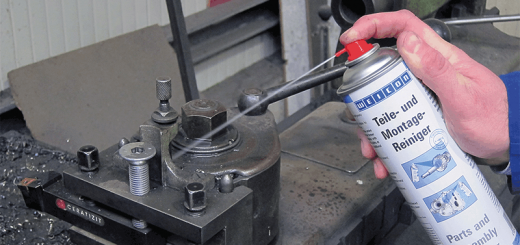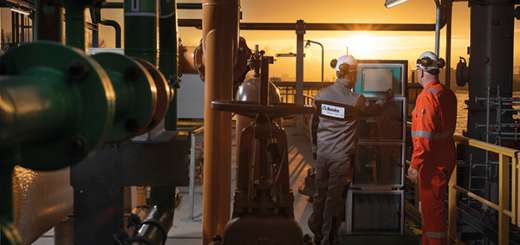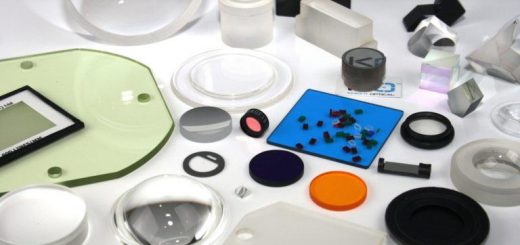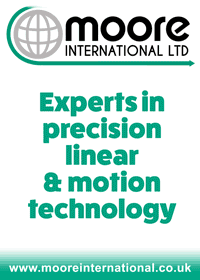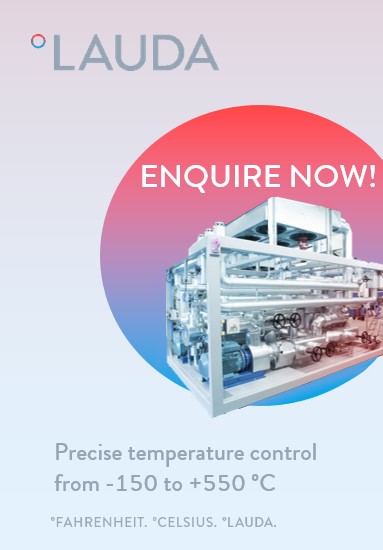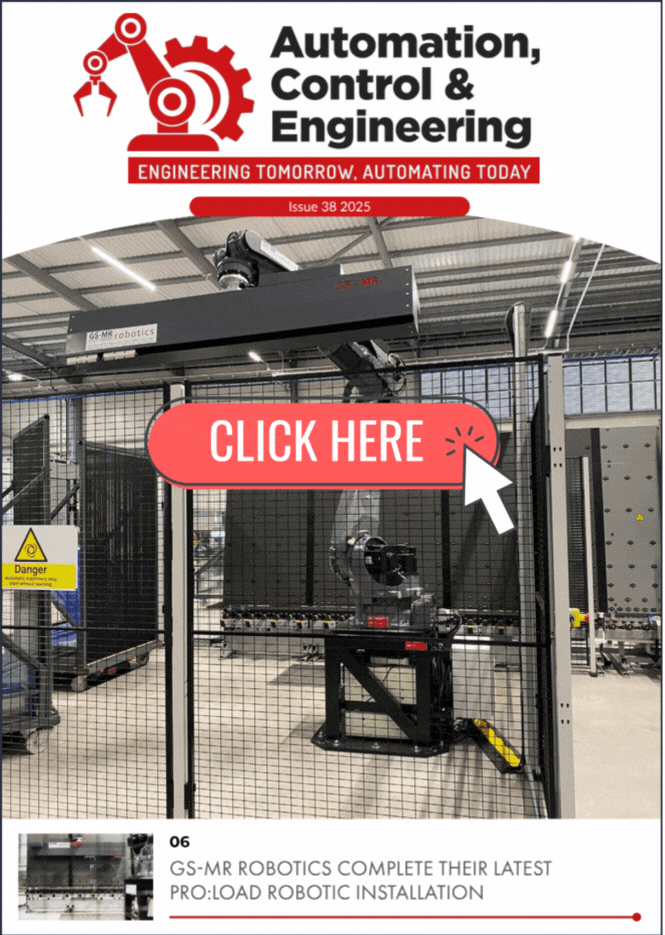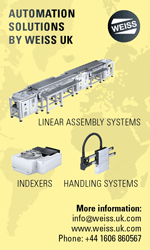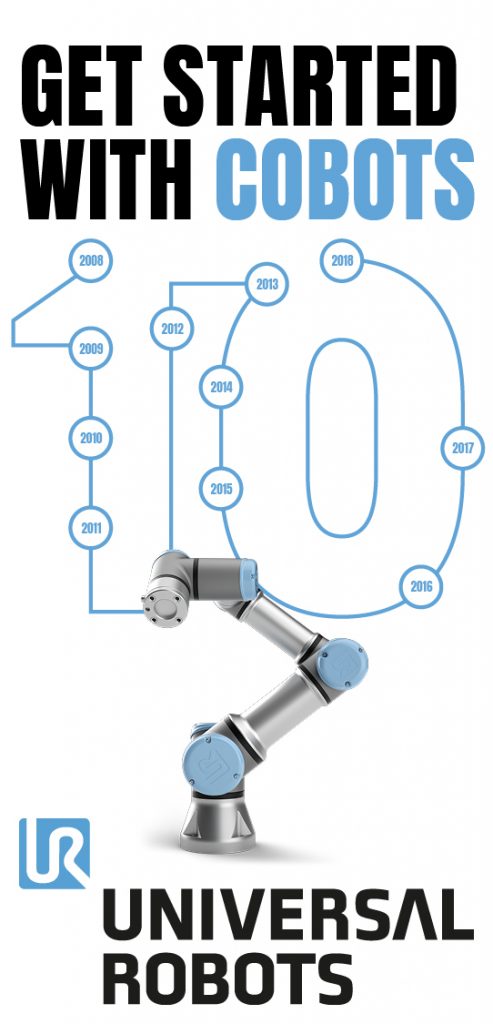Is Roller Screw technology still under appreciated ?
Mark Moore of Moore International Ltd explains their advantages
Even though the very first patent for a roller screw was granted in 1949, why is roller screw technology a less recognised option, when compared to other mechanisms for conversion of rotary torque into linear motion ?
When designers consider the options for controlled linear motion, do they fully examine the benefits that the roller screw offers in performance in relation to hydraulic or pneumatic cylinders, as well as ball or lead screws ? Roller screws have distinct advantages over these four other rivals in all of major selection considerations. Of course, each designer may have differing selection criteria, which will be determined by the application.
So, in examining the major selection concerns, here is how the roller screw performs …
If we take efficiency as primary criterion for selection, the roller screw is over 90% efficient, and only the ball screw out of the five recognised choices can compare. Life expectancy is very long for a roller screw, typically 15 times longer than a ball screw, and only the hydraulic or pneumatic cylinder options give similar service life, however, they both need maintenance to retain long life.
When it comes to maintenance itself, the roller screw requires very little maintenance as the friction created by the rolling screw design is minimal compared to that generated by sliding friction. However, the roller screw should still be lubricated to minimise wear and to dissipate heat. Providing sufficient protection against contaminants is also critical to long functional life, so wipers can be added to the front or back of the nut to scrape particulates from the threads throughout the screw stroke. Maintenance intervals will depend on two main factors, the operating conditions and the screw diameter. By comparison, both hydraulic and pneumatic cylinders need much higher levels of attention, and ball screws can suffer from pitting in the ball groove and the ball bearings can be lost or need replacing.
The load ratings of a roller screw can only be matched by a hydraulic cylinder. In performance, roller screws have, in some specific applications, been able to move up to 20,000 times its own weight, so are capable of carrying greater loads in relation to their size. They are also very suitable to carry heavy loads for continuous duty and in the most arduous of conditions. The combination of speed and acceleration can only be equalled by that of a pneumatic cylinder. Both the stiffness and the effects of shock loading also make the roller screw an attractive option.
Automated industrial production lines are being designed to be more compact systems that take up less space. One of the biggest advantages of the roller screw is that it requires only minimal space requirement as it is very much more compact and is much easier to install than hydraulic or pneumatic cylinder alternatives, both of which can be very complex and expensive to fit. At the same time the roller screw achieves considerably better positional accuracy compared with a ball screw.
Environmentally the roller screw is less noisy in operation, which compares well to pneumatic systems, but also has the obvious advantages of leak free functionality (air and hydraulic fluid) and less power consumption.
The return on investment by purchasing roller screw technology is offset through total cost of ownership and life cycle costs. It is realised through the reduction in the cost of maintenance, early replacement and resulting downtime.
How do roller screws function and what are the options ?
Roller screws use rollers to transmit force from the nut to the shaft. The main elements are the screw, the nut and the satellite rollers. Moore International supply the ROLLVIS Swiss range of roller screws which are used to transform rotary movements into linear movements and vice versa. The rolling elements are threaded rollers between the screw and the nut. The high number of points of contact enables satellite roller screws to support very heavy loads.
The ROLLVIS range comprises satellite roller screws with no recirculation (RV and HRV types), inverted roller screws (RVI type), Differential roller screws (RVD type) and screws with recirculating rollers (RVR type). Bearing units are also proposed to equip the different roller screw designs.
The RV screw is a high precision, robust assembly where the rollers do not recirculate, thus enabling a very stable driving torque. Special gears are designed on the rollers and nut to maintain a good kinematics even in the most severe conditions. The internal thread of the nut is identical to that of the screw. To ensure no axial movement occurs between the nut and the rollers, there is a single-start thread with precise angle accuracy between the nut and the rollers.
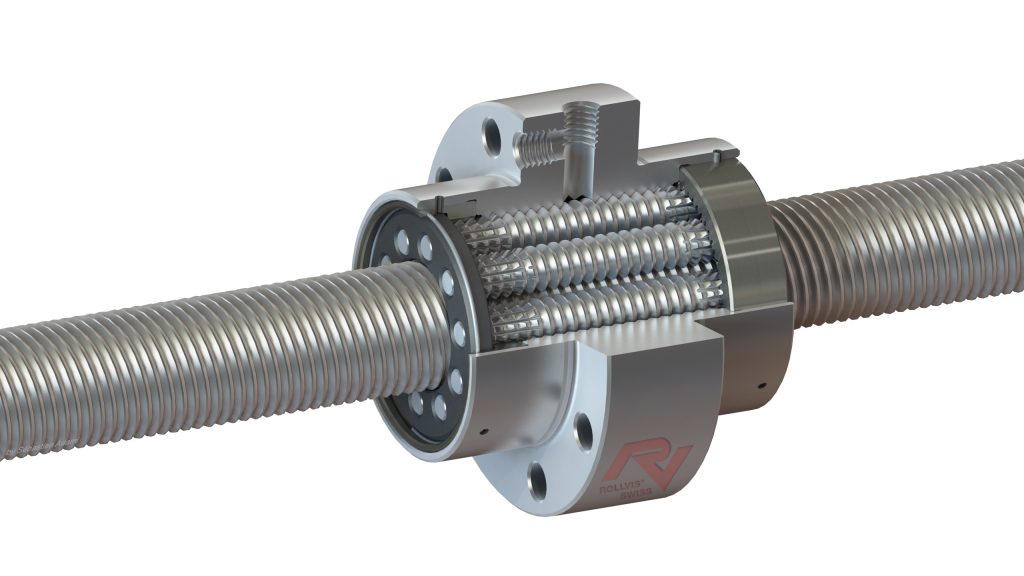
The RVR roller screw is a design which incorporates recirculating rollers. The rollers are guided within a cage and their motion is controlled by a set of cams. This design combines extremely high positioning accuracy, resolution and stiffness while capacity ratings are at the highest thanks to a robust thread geometry. This concept is perfect for all applications that need a very high accuracy under small or moderate speeds.
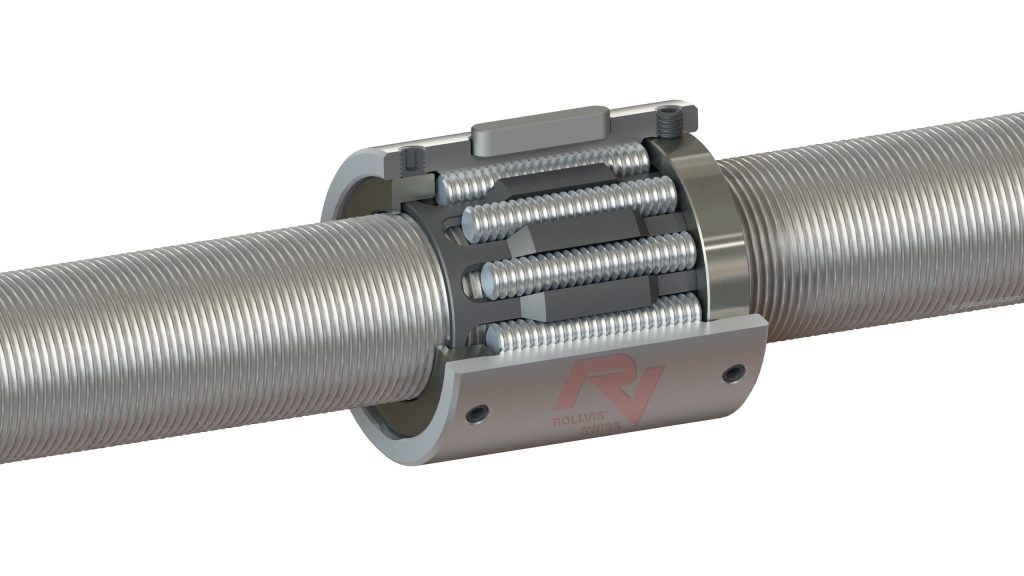
The RVI roller screw is an inverted roller screw. Whilst it is based on the same principle as the RV design and delivers the exactly the same level of operational performance, the rollers do not move axially along the shaft and stroke is travelled within a longer nut. This concept follows specific design rules which enable higher capacity ratings with smaller leads which consequently reduces the driving torque, optimizes compactness and makes a direct guiding of the shaft possible.
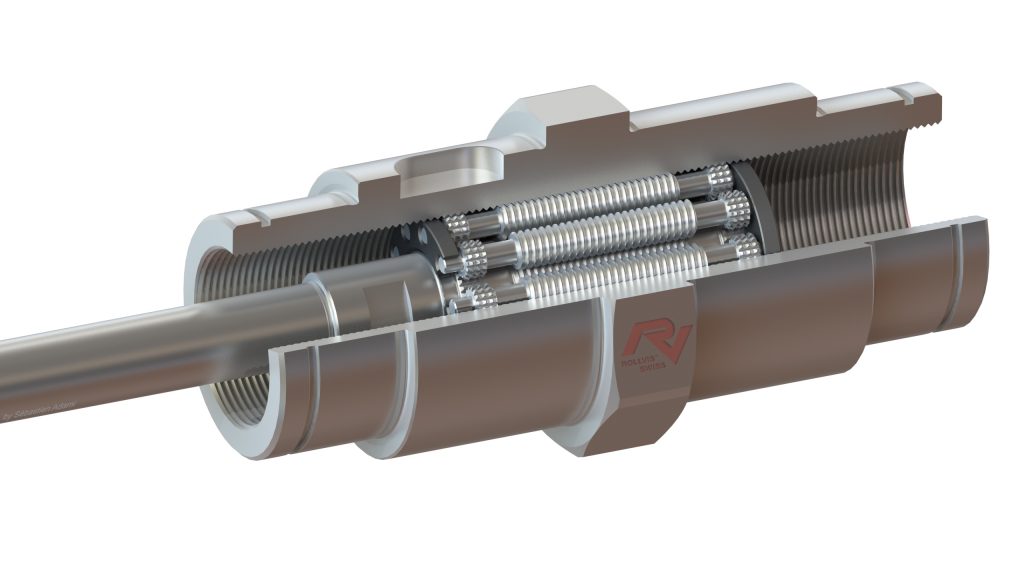
The RVD roller screw is ideally suited for high precision applications when high accuracy is required. Its components are specifically designed and adjusted to allow extremely thin leads down to 0.02 mm. Shorter stroke applications are best suited for this type of roller screw.
The HRV roller screw is designed for very high load applications and for extended life. This design provides more contacts in the assembly than the RV type and has a different thread profile. The nuts are also longer than in the standard RV version. The HRV series is suitable for larger diameters and consequently the range is not available in split nut format or with internal preload. Only standard or reduced backlash options are available.
T: 01202 623 393
E: sales@moore-international.com
W: www.mooreinternational.co.uk

